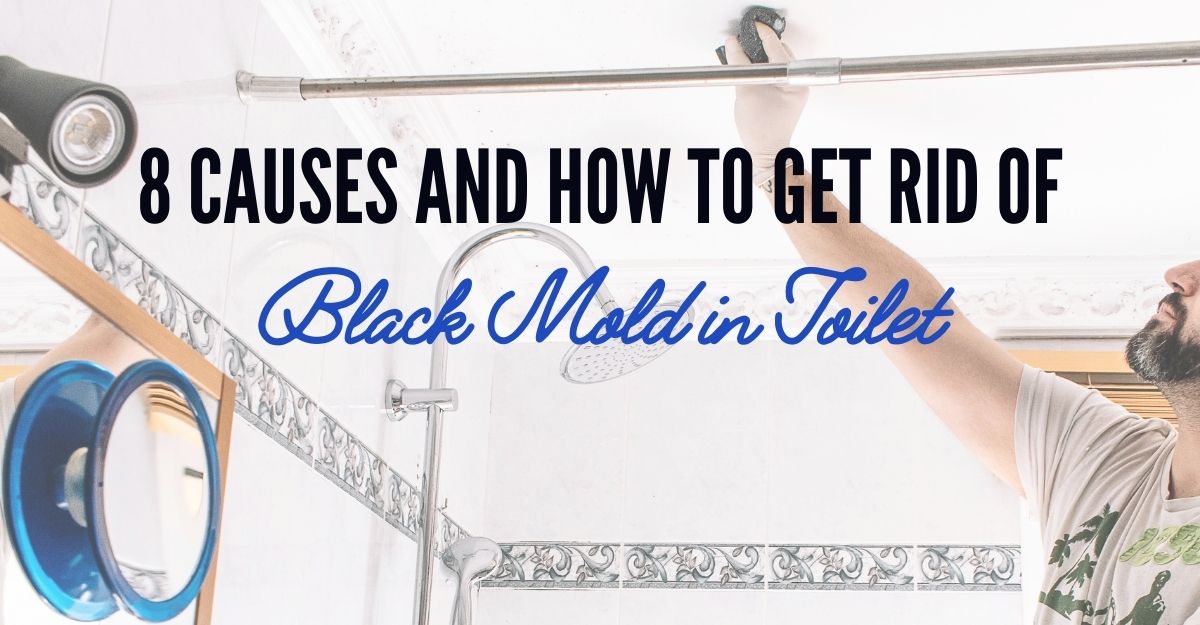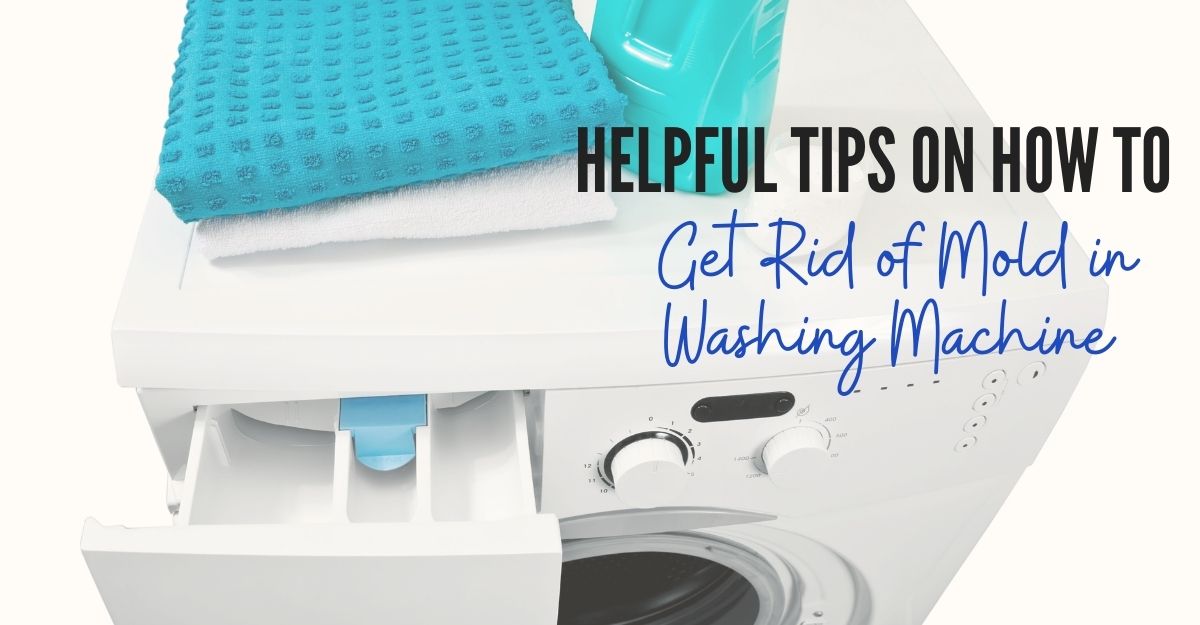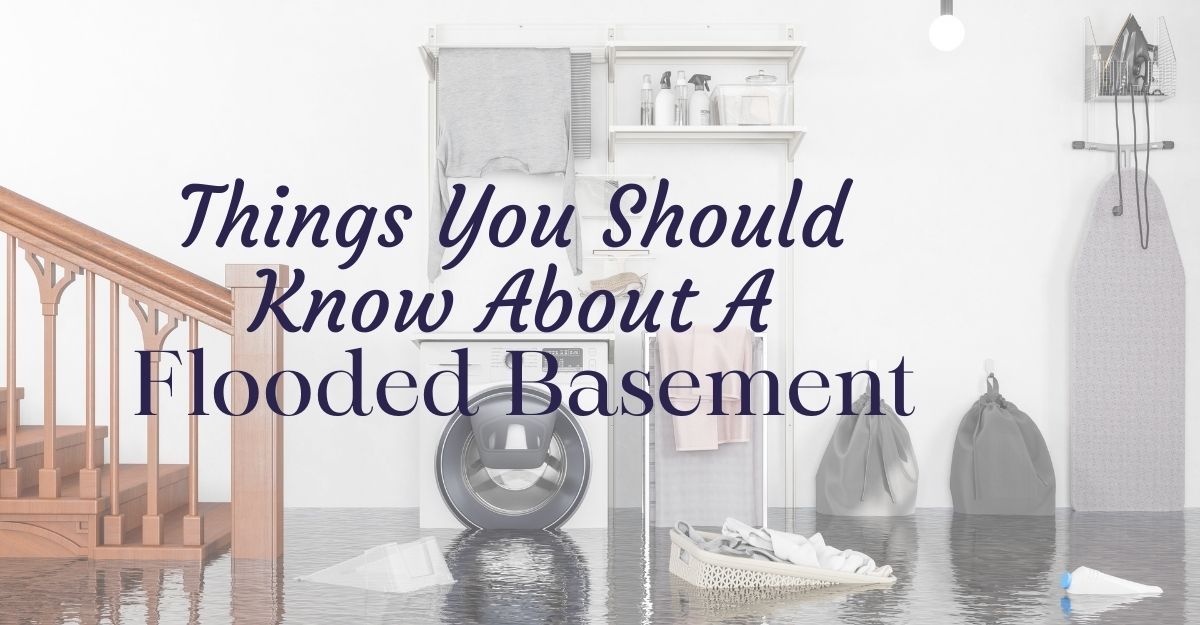Sooner or later, you might experience black mold in the toilet. It can happen to everyone. When you see a ring of black mold once you lift the toilet lid, handle this issue right away. Toilet mold can be harmful to your health, especially to vulnerable ones.
Toilets have a higher moisture content than any other part of your home. So they tend to attract mold of any species. Molds usually are hydrophilic in nature and can germinate in toilets.
The presence of black mold in your toilet is an indication of a serious problem. Worry not! This article will help you on how to clean mold in the toilet and go through the causes and prevention.
Learn About Black Mold in Toilet and its Causes
Mold is a fungus and thrives in moist, dark, and warm areas. In addition, your toilet or bathroom provides the perfect conditions for mold growth. According to the CDC, mold loves places with a lot of moisture, particularly your bowl and tank. Check the following common causes of black mold in toilets;
- Darkness is one cause of black mold in the toilet. The tank has a lid that helps opportunistic fungus to thrive more.
- Stagnant water in the tank can be a breeding place since it is the neglected area of the toilet. This area never gets cleaned, therefore, it provides food for mold such as algae and other nutrients found in stagnant water.
- Human feces or wastes in the toilet encourage mold growth. Mold loves sugar, so more sugar in your wastes can lead to more mold in the toilet bowl.
- Rarely using your toilet is one obvious cause of mold and mildew. This can lead not only to moist conditions but warm conditions as well which sets up a breeding ground for mold.
- Rust on the pipes causes condensation. This can contribute to mold growing in your toilet.
- Hard water or mineral deposits usually attached to the surfaces of the tank walls provides a nutrient source for mold.
- A worn-out washer is usually prevalent if there’s mold underneath your toilet’s tank. The washer helps to seal water from passing through. So if there’s mold, the washer is affected and could lead to leakage.
- Cracks and fissures in the tank, bowl, and other bathroom fixtures can lead to mold. These provide a conducive environment for the mold to stick and flourish.
Tips on How to Get Rid of Black Mold in Toilet
For your safety:
- Use a breathing mask to prevent inhalation of mold spores. Don’t forget to also use gloves before you start cleaning.
- Proper ventilation is important. You can do this by turning the fan or opening the door or windows.
Using chlorine:
- Flush the toilet first for a fresh supply of water. Pour a cup of bleach into the tank and a cup of bleach into your toilet bowl.
- With a toilet bowl brush, stir the bleach around in the water. And make sure to get some up under the rim.
- Close the lid and let the chlorine stay in the toilet for about one hour.
- Using a toilet brush or similar non-abrasive material, scrub off mold around the bowl and under the rim.
- Wait for another 15 minutes to give the bleach enough time to kill and eliminate the black mold and mildew growth.
- Then, flush the toilet. Wipe the seat and rim with a ratio of 1:10 bleach-water solution.
- Scrub off any remaining mold stains.
- Add one cup of bleach and pour into the tank then flush.
- For maintenance, continue to add a cup of bleach to the tank a few times a week. Moreover, consider using a bleach toilet tab.
Using Vinegar:
- Pour distilled vinegar, 1 cup each into the toilet bowl and 1 cup of vinegar into the tank with the water.
- You can sprinkle baking soda around the inside of the bowl and into the water.
- Close the lid and allow the vinegar/baking soda to sit in your toilet for one hour.
- Scrub off the mold and brush under the rim using a toilet brush or any similar non-abrasive material.
- With a closed lid, allow the vinegar to sit for another 15 to 30 minutes.
- Flush the toilet afterward. Soak the sponge or a cloth in the vinegar and wipe the seat and rim.
- Scrub off any remaining mold stains.
- Close your toilet with the lid for several hours before using it again.
- As part of maintenance, add one cup of vinegar into the toilet tank a few times a week. This will prevent persistent mold from coming back.
Contact Mold Removal and Water Damage Experts
Whether black mold in the shower or black mold in the toilet, stop it from recurring and spreading to other areas of your home. Consider hiring a professional from a trusted water damage restoration company like Superior Restoration.
Please don’t hesitate to call Water Damage Ontario. We provide emergency water damage, mold damage, and fire damage restoration services. To better serve you, we are open and available 24 hours a day, 7 days a week.




